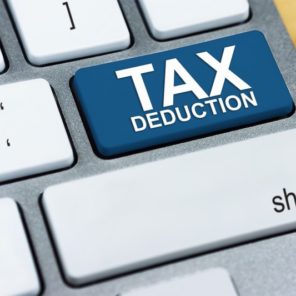What business owner doesn’t want to save money on their taxes? You can pay less every year by deprecating your assets. Depreciation can seem confusing, but once you grasp how it works and see the benefit for your bottom line, you’ll be happy spending the extra time on bookkeeping.
Follow this guide to better understand depreciation, and start reducing your annual tax burden.
What Is Depreciation in Business?
Simply put, depreciation is an accounting tactic in which you can reduce an asset’s value. The IRS defines depreciation as “an annual income tax deduction that allows you to recover the cost or other basis of certain property over the time you use the property.” It’s a method of spreading out an asset’s cost across several years of tax returns, rather than deducting the total cost in the year the asset is purchased.Understanding Depreciation Terms
To calculate depreciation for tax purposes, you need to know these terms:- Useful life – the period of years an asset is expected to be usable
- Depreciation period – the amount of years over which an asset is depreciated, equal the useful life
- Salvage value – the value of an asset at the end of its useful life
- Depreciable base – an asset’s total cost minus its salvage value
- Depreciation rate – the annual percentage at which an asset is depreciated
- Accumulated depreciation – the amount an asset has depreciated over a given period of time
- Carrying value – the remaining value of an asset for the remainder of the depreciation period
How Does Depreciation Work?
The concept behind depreciation is simple. It links the cost of an item to the benefit your business receives from the revenue the asset produces. You’re allowed to report income from the asset. Additionally, you can also report an expense equal to a portion of the item’s value to reduce your taxable income during every year you use the item. Recording expenses this way fulfills the matching principle of accounting—which dictates that expenses must be matched to the period in which they generate revenue—and allows you to recover the cost of assets over time. To qualify as depreciable, an asset must be:- Expected to have a useful life of more than one year
- Something you own, including items you’re currently paying off
- Be producing income for or actively used in your own business
- Something that will lose value over time by becoming obsolete, being used up or suffering wear and tear
- Retired or abandoned
- Sold or exchanged
- Converted to personal use


